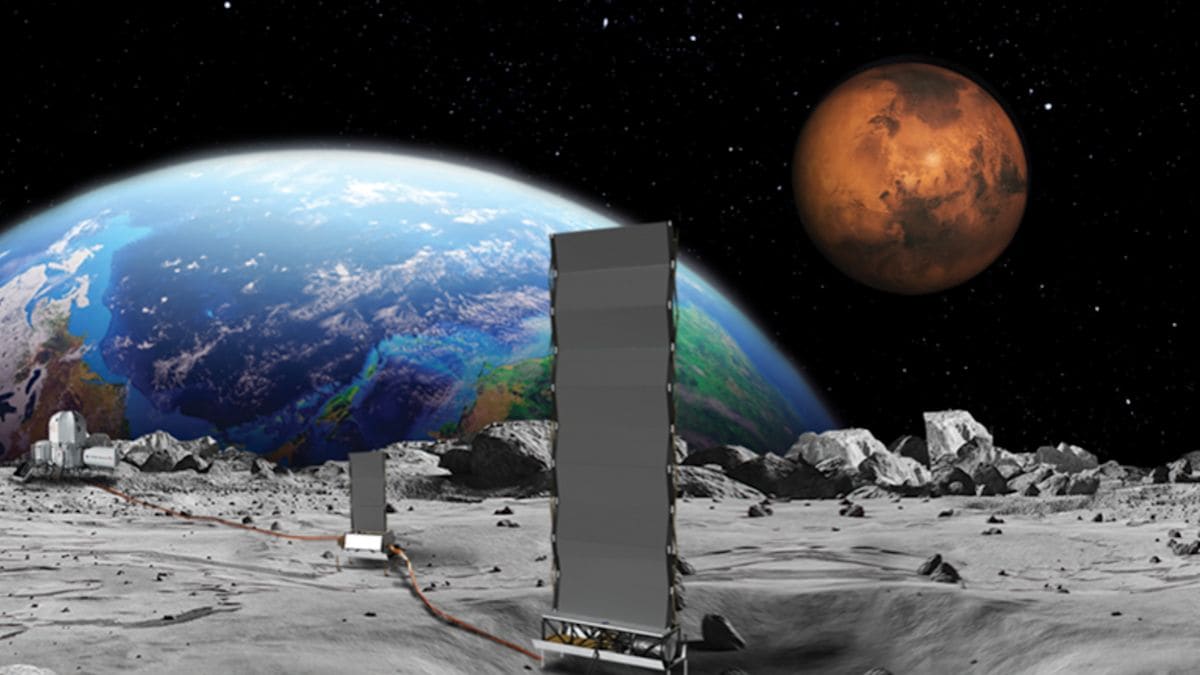
NASA’s interim chief Sean Duffy not too long ago declared the U.S. area company goals to put a 100-kilowatt nuclear reactor on the Moon by 2030 to supply vitality for an eventual lunar outpost. Duffy describes this as a brand new moon race to ascertain the strategic foothold and preserve a aggressive benefit for the U.S. Throughout a press convention titled “Unleashing American Drone Dominance” , he emphasised the significance of getting reliable energy on the lunar floor. NASA moved up its new crew-rushed lunar lander by a full yr because the company scrambles to grab key sources on the moon and lay the groundwork for deeper exploration at the very least 4 years away.
According to the press convention, for exploration and a long-term Moon base, dependable energy is essential. Photo voltaic panels fail throughout the Moon’s two-week-long nights, so a nuclear reactor might provide steady electrical energy even in darkness. It might be particularly helpful on the south pole, the place everlasting shadows cover water-ice deposits. These ice reserves are important for all times help and gas, so regular energy there would increase mission capabilities. Strategically, deploying a reactor would assist safe key territory.
China and Russia plan to construct one by the mid-2030s, and U.S. officers warn the primary nation to take action might successfully declare that area, making a de facto “keep-out zone”. Duffy even known as the south pole the Moon’s “greatest” spot—wealthy in ice and daylight—and mentioned America should “get there first and declare that for America”.
Challenges
The directive units near-term milestones. NASA should appoint a lunar reactor program supervisor inside 30 days and solicit business proposals inside 60 days. The goal is a flight-ready 100 kW reactor by roughly 2030.
Nonetheless, the plan faces main hurdles. The 2026 finances would allocate about $350 million to jump-start lunar fission energy (rising to $500 M by 2027), but in addition proposes deep cuts to general NASA funding. Observers word this may be NASA’s smallest finances in a long time. In the meantime, the company is trimming science packages and even its workforce.
